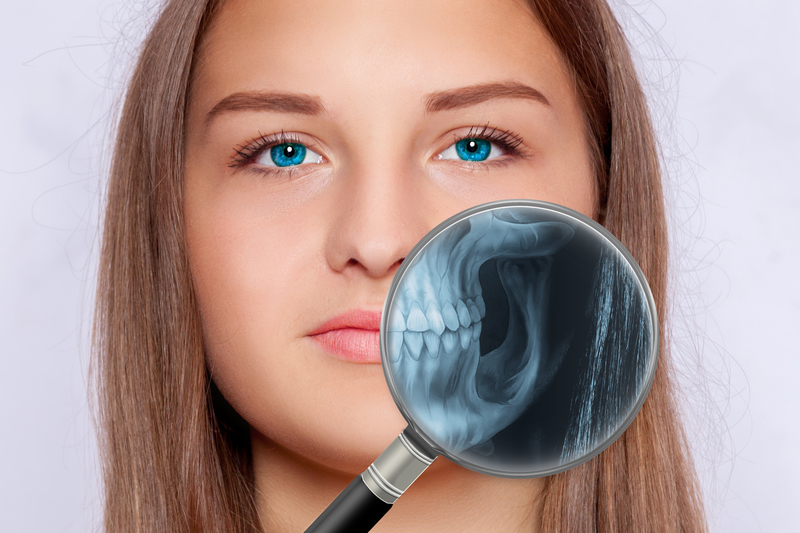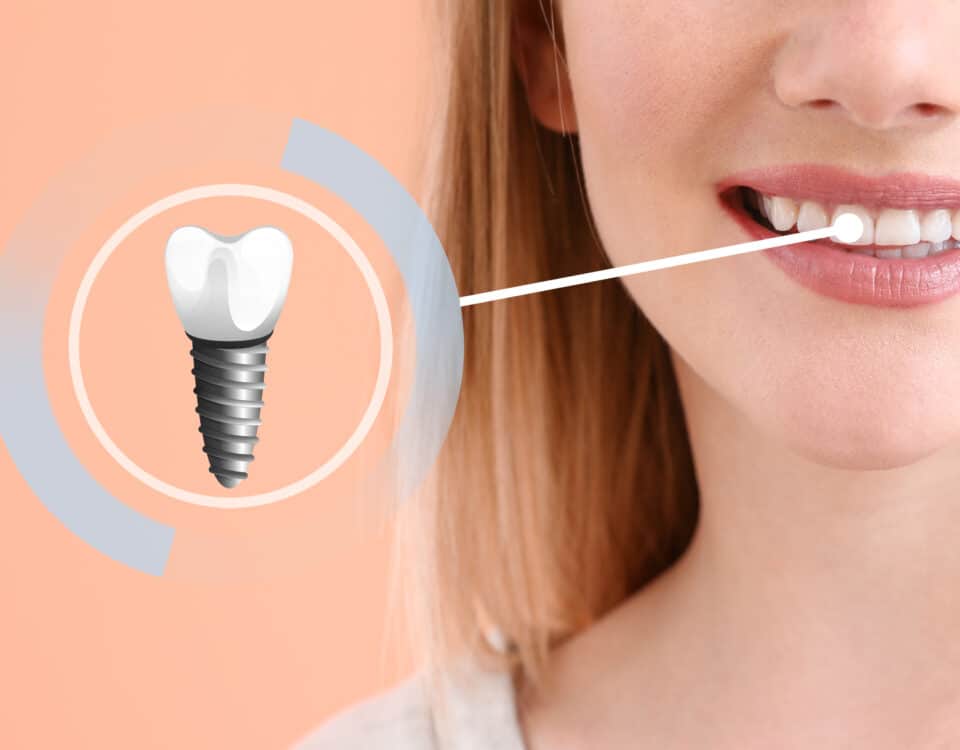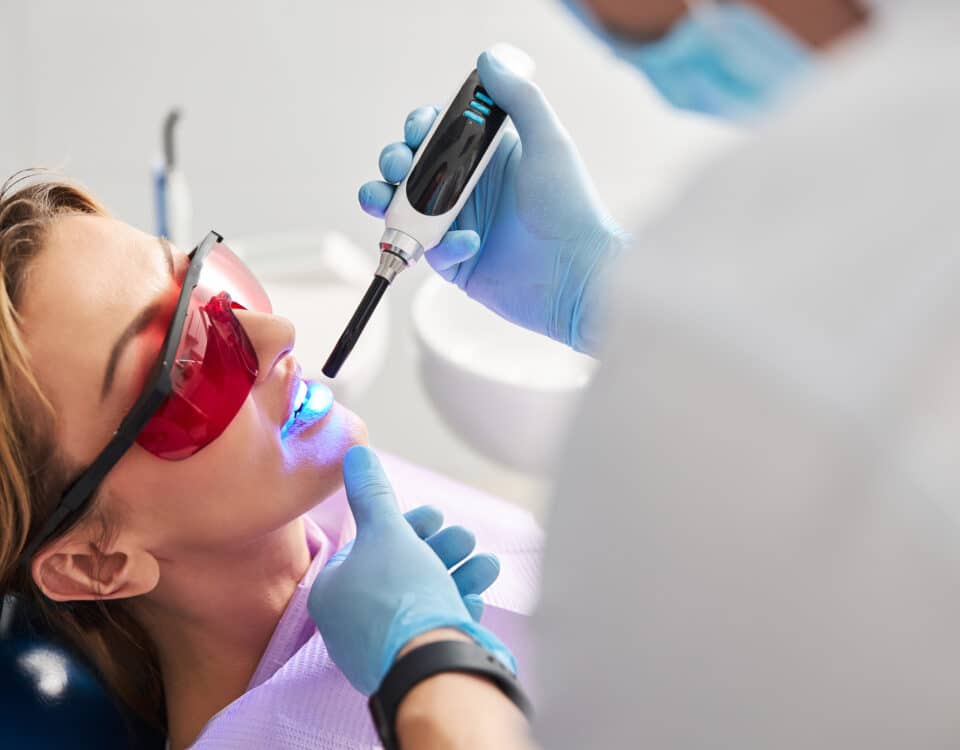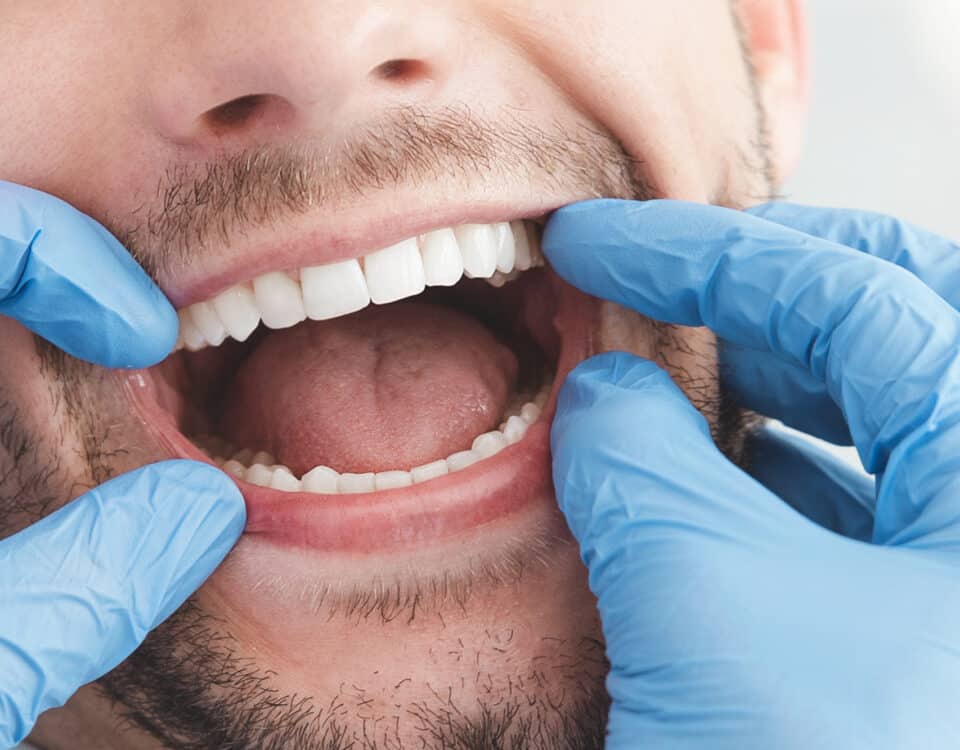When Would You Need a Root Canal?
May 8, 2019What to Do for Wiggly Teeth
May 23, 2019
At least 92% of people get a cavity by adulthood. Tooth decay is the name given for cavities, and it is when a part of your tooth decays due to plaque and bacteria. Dentists have been using various methods to detect cavities over the years. One of the most popular methods is digital x-rays, which pass x-ray particles through your mouth, producing images of the jaws and teeth. With this x-ray technology, we can easily detect cavities. Learn about our methods of detecting cavities and how you benefit!
What Are Cavities?
When you eat, sugars in your food and drinks mix with bacteria in your mouth. That mixture creates plaque, which sits on your teeth. The acidic content of plaque erodes away your hard, mineral tooth enamel, destroying it to get inside the soft, delicate center of your tooth. You always want to stop tooth decay before it happens, and especially when you only have a surface cavity instead of an internal cavity.
Cavities are parts of your teeth that have died. Your teeth can’t regenerate like other parts of your body can. When a tooth gets a cavity, you have to remove that permanently-damaged part of your tooth or decay will spread. Studies show that over 91% of Americans have had a cavity in their life. Many have had multiple cavities. 42% of children between 2 and 11 have tooth decay. About 26% of adults have untreated tooth decay (cavities) and children are similar in those numbers. The problem with cavities is so prevalent, that the National Institutes of Health have called tooth decay one of the most “prevalent, chronic diseases” among children and adults. At dental exams, we can detect cavities while they are still small, so you have minimal enamel damage.

Dental X-Rays
The discovery of x-rays completely changed dental visits. Instead of simply guessing at what could be going on underneath the surface of a tooth, x-rays allowed dentists to actually take images of a tooth inside and out. X-rays that we use were discovered by a German physicist named Wilhelm Rontgen. While experimenting in his lab, he noticed that some fluorescent material he had was allowing certain types of lightwaves to pass through, but not others. Further investigation into what was happening led to the discovery of x-ray radiation and eventually x-ray imaging.
Soon after, the medical and dental fields exploded with possibilities of seeing and treating internal health problems. At your dental visit, you will have x-rays taken of your teeth. We have several methods of detecting cavities in the teeth. One will be through using bitewing x-rays, which are small x-ray films you bite down on that take images of that specific area of your mouth. Some patients will have their x-rays done in a Dental Cone Beam CT machine. It is found in most dental offices and is another way to get a better x-ray of your teeth, jaws and facial structure as a whole. We would use a machine like this if you have pain in a back molar that is difficult to get to or if your dental issue requires better imaging. When this is used in dentistry, it can produce a three dimensional image of your head. Another method to detect cavities is through laser cavity detection.

Laser Cavity Detection
Tooth decay can be difficult to diagnose in certain situations, especially when it starts out as a microscopic defect under the enamel. While x-rays and probing tools are effective in detecting decay at the surface of the tooth, they are unreliable when it comes to exposing subsurface cavities. Given the limitations of these conventional diagnostic methods, we use a Diagnodent laser cavity detection device for all of our patients.
Using the Diagnodent laser, we can use lightwave reflection to detect cavities.We use this wand to scan the surface of all of your teeth, and it can do this scan in just a few seconds. When the light hits your teeth, it will pass through healthy tooth enamel. Whenever tooth decay is present, the light will be reflected back. This allows us to know the exact size, shape and location of a cavity. The technology is completely safe and painless. It’s also far more accurate in cavity detection than x-rays and conventional probing instruments.
The Diagnodent wand was created using concepts based on lightwave reflection. Science found that laser light can reflect off of certain objects, while other objects will absorb the light. With dentistry, the laser can expose hidden cavities by the way the tooth reflects the light. When the tooth is healthy, the light will easily pass through with minimal refraction. If a cavity is present, however, light will be reflected. The amount of light that is reflected back can tell us exactly how deep and how large a cavity is, as well as the exact location. This invention in dentistry truly changed how we detect cavities to prevent tooth loss and infection.
Healthy Teeth for Life
Any person can have healthy, strong teeth for life if they practice the right habits. If you want whiter teeth for longer, make conscious decisions about the drinks you have. If you want to avoid cavities, choose nutrient-rich foods that are low in sugar. Make sure to follow up your eating with proper brushing and flossing, and always floss before bed. Help infants and children in the home with their brushing and flossing.
Frequent dental exams can help you to know how your oral health is and if there are dental or eating habits that need to change. Going to these exams frequently will allow us to detect cavities while they are small so they are easy to correct. For additional questions about how we detect cavities or to schedule your appointment call Family & Cosmetic Dentistry of the Rockies at (970) 267-0993!




